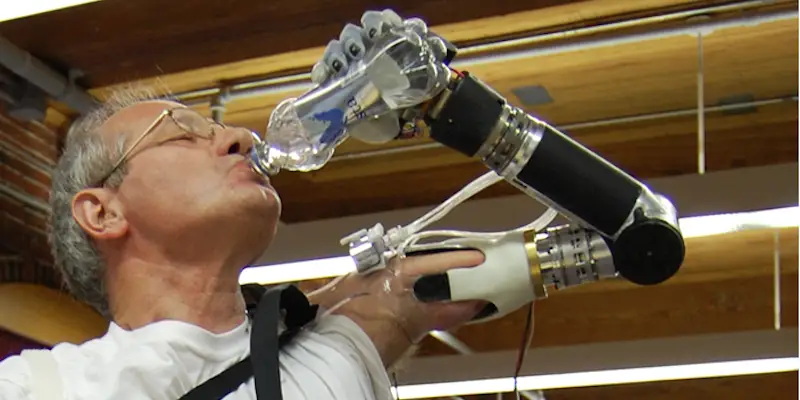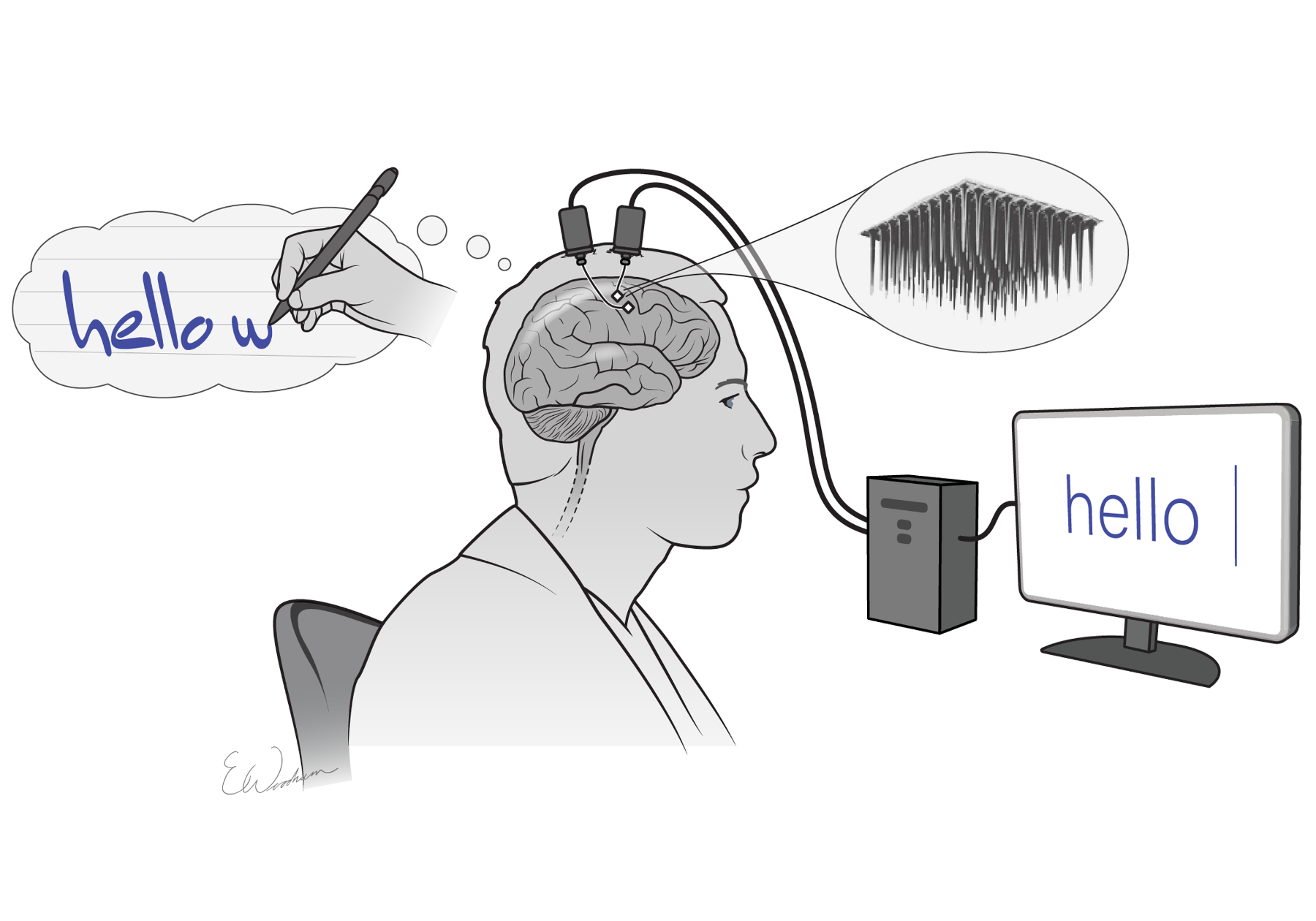Brain Computer Interfaces: Telepathy With Computers
 Nilanjana Chakraborty
Nilanjana ChakrabortyTable of contents

Imagine yourself in a scenario where you want to write a mail to your boss. You open your computer, go to the email application, and sit back and relax as the computer types your thoughts into the compose box by reading your mind.
You then think about your boss, and your computer automatically sends the email to your boss after confirming if you really do want to send the mail to him.
All this without typing a thing.
Sounds too futuristic, but this is precisely where the world is headed in terms of advancement in technology.
You just read an example of Brain-Computer Communication, where devices called Brain-Computer Interfaces (BCIs) allow direct communication between our brain and another device we are trying to control with it.
In telepathy, we can share our thoughts with another person's mind without talking; BCIs are like Technological Telepathy, where we share our thoughts with a computer or a sensor without taking any action other than thinking.
How does this work?
The process used here is MIND: (Measure, Interpret, Encode, and Deploy)
The BCI measures the brain activity (reads your thoughts),
Interprets what these thoughts are asking the machine to do,
Encodes them into signals that the computer can understand and
Deploys them to the computer so the computer can act on it.
Applications
As you can see, the power of BCIs can be used for several methods, from completing everyday tasks to allowing paralyzed people to control their prosthetic limbs naturally.
If a user has trouble speaking, they can use BCIs as spellers for communication.
If someone has lost a leg or arm and gets an artificial or prosthetic one, they can control those arms and legs just like we usually do with our natural ones by controlling it with their mind. The BCIs can interact with the sensors on these artificial limbs and control them as per the user's wishes.
You can control your video game avatar using your thoughts alone, making it more realistic.
BCIs can monitor health and make it easier for doctors to analyze it.
They can be used to better education. Specially -abled students can interact with their study devices and materials easily; computers can read your brainwaves to determine your concentration levels and adjust the learning experience accordingly. For example, the computer could tell you that you are more concentrated in the early morning than late at night and also that you learn your material better by visualizing it rather than listening or writing it. They can also train your brain by giving it exercises tailored to you.
By identifying your unique brainwaves, BCIs provide a new security and authentication method, ensuring it is really you trying to access your device.
These were just a few examples.
Surgery or not?
This all sounds pretty cool, but do we need to get BCIs implanted in our brains for all this to work? Well, it depends upon what you like.
Both invasive (BCIs will be given to you through surgery) and non-invasive (BCIs will be strapped around your head, no surgery needed) BCIs are available. Non-invasive BCIs read your thoughts using sensors. NextMind is an example of a startup dedicated to making BCIs that don't require surgery.

A man types 90 words per minute using his mind on a computer, credit: https://www.the-scientist.com/news-opinion/brain-computer-interface-user-types-90-characters-per-minute-with-mind-68762
Conclusion
BCIs are devices that let your brain talk to computers. They can help people control a video game or a robotic arm just by thinking. Some BCIs need surgery to put them in your brain, but others can be worn on your head like a hat. They could change how we do many things in the future.
Sayounara!(Bye in Japanese)
Subscribe to my newsletter
Read articles from Nilanjana Chakraborty directly inside your inbox. Subscribe to the newsletter, and don't miss out.
Written by

Nilanjana Chakraborty
Nilanjana Chakraborty
I'm trying to learn more about how the world works and share it with you in simple sentences.